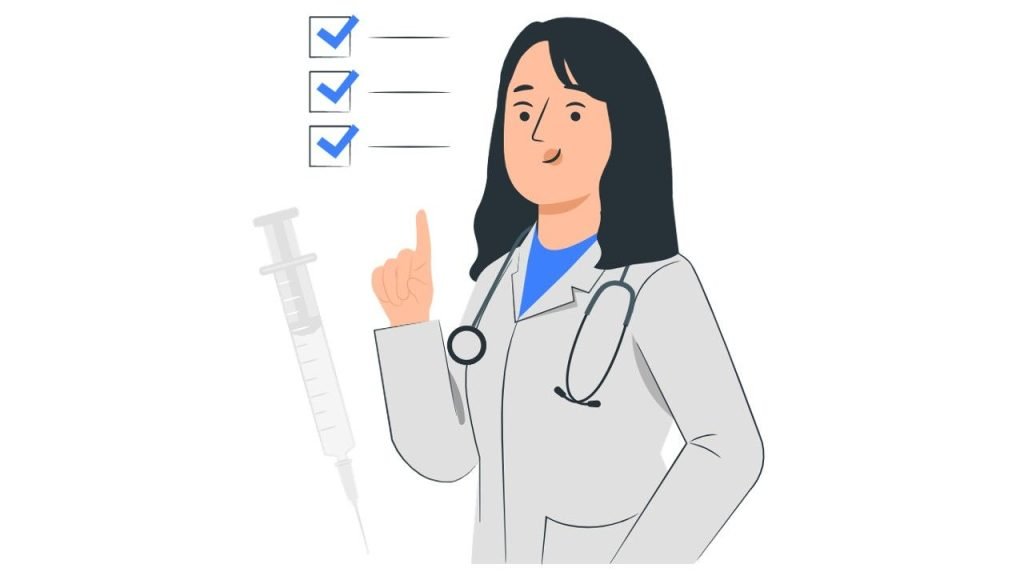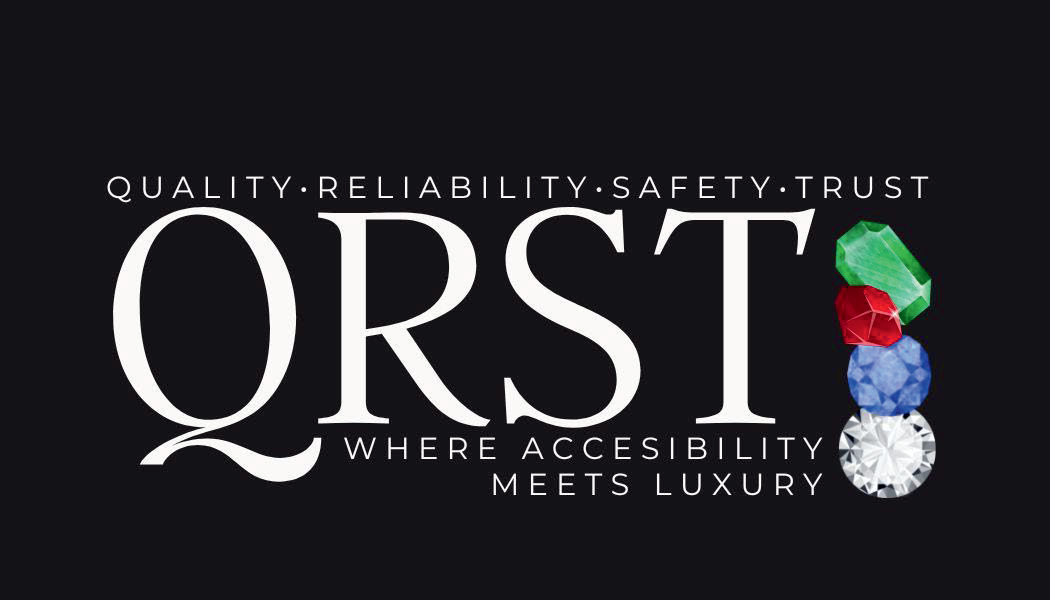In the heart of Washington, innovative collaborations are forging a path toward improved healthcare accessibility and convenience. As healthcare providers recognize the pivotal role transportation plays in ensuring patients’ access to medical services, they are increasingly teaming up with transportation services to bridge the gap. These collaborations go beyond traditional medical transport; they encompass a wide spectrum of solutions, from rideshare partnerships to non-emergency medical transportation (NEMT) programs. In this discussion, we will delve into the evolving landscape of these collaborations and their positive impact with the assistance of QRST Wheelchair Transportation Service on healthcare accessibility in the state. By working hand-in-hand, healthcare providers and transportation services aim to enhance patient care, reduce missed appointments, and ultimately, promote better health outcomes for the residents of Washington.
The Growing Importance of Healthcare Access
Access to healthcare is a fundamental right, and its importance has grown significantly in recent years, particularly for disabled individuals who often face unique challenges. As healthcare providers strive to reach underserved communities and meet the needs of diverse patient populations, ensuring accessibility, including transportation solutions for disabled individuals, has become a top priority. In Washington, like many other states, this recognition has sparked innovative approaches to improving healthcare access, emphasizing the significance of accessible transportation for disabled individuals to access vital medical services.

Recognizing the Role of Transportation
One critical aspect of healthcare access, particularly relevant to DMV residents with spinal cord injuries, is transportation. For many individuals, especially those with limited mobility, transportation can be a barrier to receiving timely medical care. Recognizing this challenge, healthcare providers have begun to acknowledge the pivotal role transportation solutions play in ensuring patients, including those with spinal cord injuries in the DMV region, can access healthcare services when they need them.
Innovative Collaborations in Washington
Washington, including the DMV region, has become a hub for innovative collaborations between healthcare providers and transportation services, especially relevant to accessible transportation options for wheelchair users. These partnerships aim to address transportation barriers that patients, including those with mobility challenges in the DMV area, face, whether due to geographical remoteness, disabilities, or other factors. They are redefining the way healthcare access is delivered by leveraging the capabilities of transportation services to complement medical care, ensuring that wheelchair users have equitable access to essential healthcare services.
Rideshare Partnerships
Rideshare companies like Uber and Lyft have entered into partnerships with healthcare providers to offer convenient transportation solutions for patients. These collaborations enable patients to book rides to medical appointments through user-friendly apps, reducing the stress and logistical challenges associated with transportation.
Non-Emergency Medical Transportation (NEMT) Programs
Non-Emergency Medical Transportation (NEMT) programs have gained prominence in Washington and beyond. These programs provide specialized transportation services for patients with medical needs who don’t require emergency care. NEMT services ensure that patients can get to their appointments safely and comfortably, contributing to better healthcare access.

Enhancing Patient Care
One of the primary goals of healthcare collaborations with transportation services is to enhance patient care. By removing transportation barriers, patients can access preventive care, follow-up appointments, and treatment plans more consistently. This, in turn, leads to improved health outcomes and a higher quality of life for patients.
Reducing Missed Appointments
Missed appointments have been a longstanding challenge in healthcare. Transportation-related issues are a common reason for no-shows. Collaborations with transportation services aim to reduce missed appointments by providing reliable and patient-centric transportation solutions.

Promoting Better Health Outcomes
Improved healthcare access through transportation collaborations has a direct impact on patient health outcomes. Patients can receive timely care, adhere to treatment plans, and engage in preventive measures more effectively. Consequently, the overall health and well-being of individuals in Washington are positively influenced.
Evolving Landscape of Healthcare Collaborations
The healthcare landscape in Washington is continuously evolving, with new and creative collaborations emerging regularly. These collaborations encompass various aspects of healthcare access and transportation, reflecting a commitment to adapt and innovate to meet the evolving needs of patients.
Benefits for Patients and Providers
Patients benefit from these collaborations by having easier access to care, while healthcare providers benefit from increased patient engagement and adherence to treatment plans. It’s a win-win situation that improves the overall healthcare ecosystem in Washington.
Future Directions in Healthcare Access
As healthcare access remains a critical concern, the future will likely see even more innovative approaches to addressing transportation barriers. Collaborations between healthcare providers and transportation services will continue to evolve, further enhancing the accessibility and quality of healthcare for residents in Washington.
Conclusion:
In Washington, the evolving collaborations between healthcare providers and transportation services are ushering in a new era of improved healthcare access. By recognizing the critical role of transportation and leveraging innovative solutions, these partnerships are reducing barriers, enhancing patient care, and promoting better health outcomes. As the landscape continues to evolve, the benefits for patients and providers alike are clear: increased engagement, reduced missed appointments, and a brighter future for healthcare accessibility in the state. With ongoing innovation and dedication, these collaborations promise to play an essential role in ensuring that every resident of Washington has equitable access to the healthcare they need.
FAQs:
What are the main transportation barriers in the Washington?
In the Washington, main transportation barriers include inadequate public transportation infrastructure in rural areas, limiting access to essential services.
What is an example of a transportation barrier?
One example of a transportation barrier is the absence of wheelchair ramps or elevators at public transportation stations, making it difficult for individuals with mobility challenges to access trains or buses.
Which factor prevents people from accessing medical care in the Washington?
One major factor preventing people from accessing medical care in the Washington is the high cost of healthcare services, including insurance premiums and out-of-pocket expenses.
What are the challenges of transportation in the Washington?
Challenges of transportation in the Washington include aging infrastructure, traffic congestion in major cities, and limited public transportation options in rural areas.
What is considered one of the largest barriers to healthcare access in the Washington?
One of the largest barriers to healthcare access in Washington is the geographical remoteness of some rural areas, which can make it challenging for residents to reach medical facilities.
